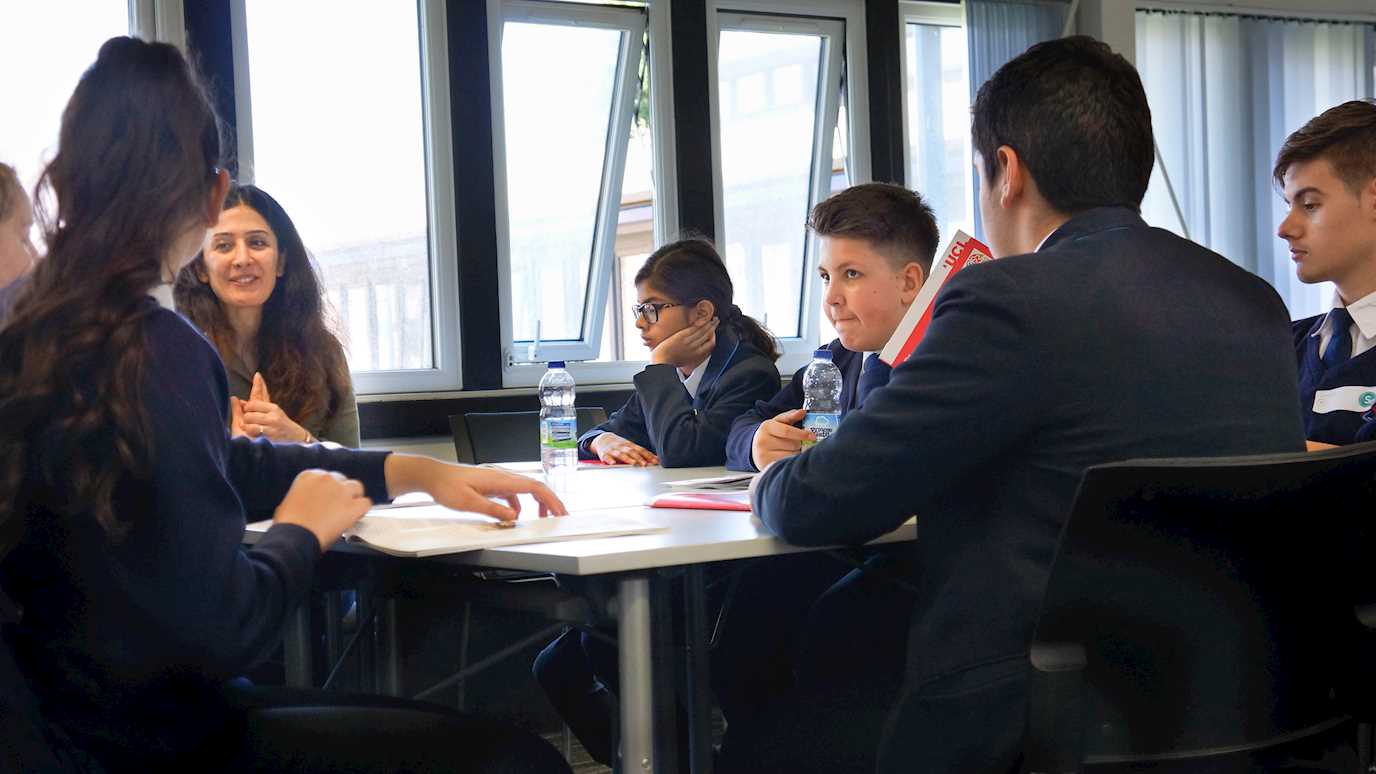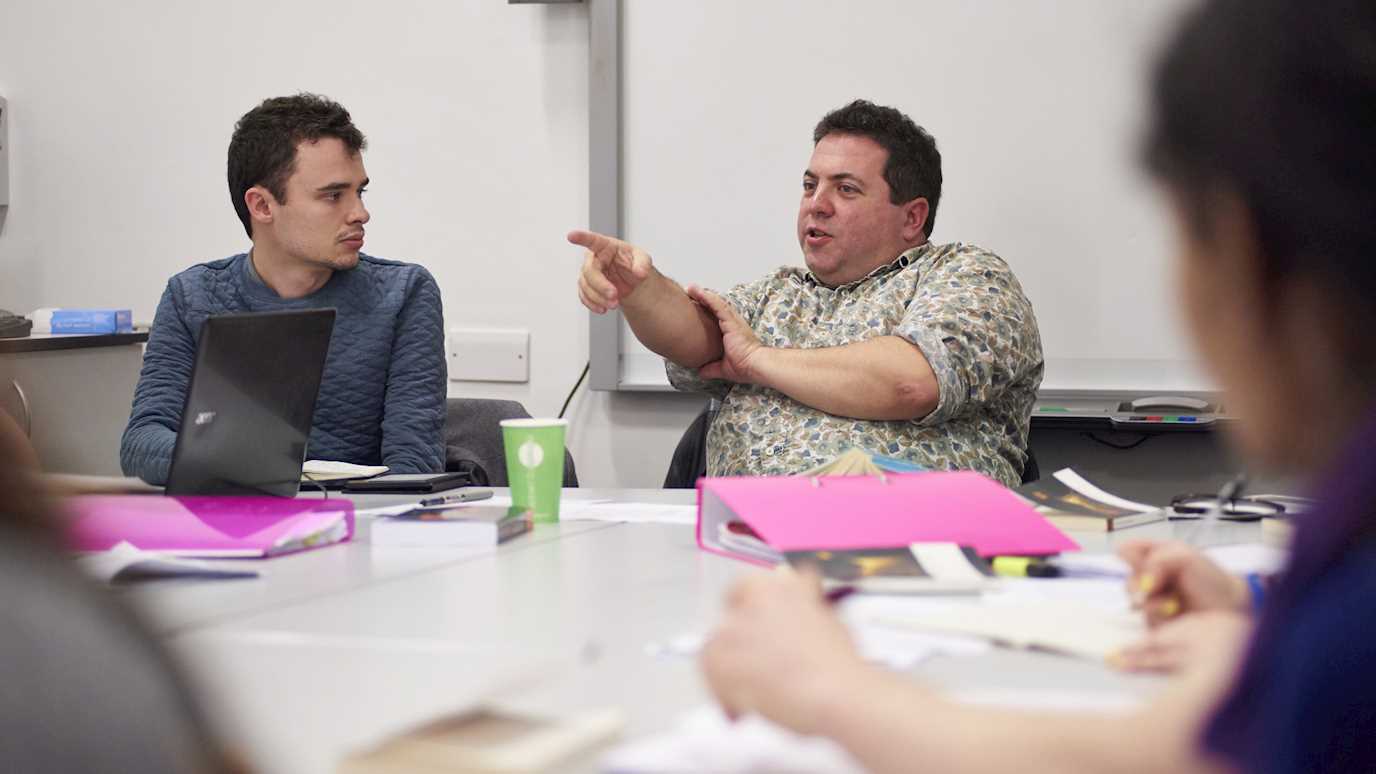Key points
- Carter’s work engages heavily with fairy tales, using aspects of the original to create entirely new and divergent pieces
- The Bloody Chamber could be considered as feminist revisionism. It plays with established tropes to create a new, and empowered, female alternative
- A number of Carter’s short stories within The Bloody Chamber use animals, such as Tigers or Wolves. The relationships between humans and creatures serve as a foil for the ways in which we might understand human nature.
- The Bloody Chamber is often considered in dialogue with The Sadeian Woman, due to thematic overlaps in relation to sex and female desire
- A number of the young, female characters are described within a framework of innocence, before they demonstrate themselves to be knowing and unafraid.
Quotation
- ‘My intention was not do “versions” or, as the American edition of the book said, horribly, “adult” fairy tales, but to extract the latent content from the traditional stories and to use it as the beginnings of new stories’ (The Bloody Chamber, p.viii)
Timeline
1940
Born in Sussex, Carter was evacuated to Yorkshire with her maternal grandmother during the war. She developed severe anorexia in her youth, which she later wrote about in her non-fiction work.
1960
Marries Paul Carter
1965
Published Shadow Dance
1967
The Magic Toyshop
1969
Carter left her husband using her Somerset Maugham Award money and moved to Tokyo for two years. In this time, she published Heroes and Villains.
1971
Love
1972
The Infernal Desire Machines of Dr Hoffman
1977
The Passion of New Eve
1979
The Bloody Chamber
Sadeian Women: An Exercise in Cultural History
1984
Nights at The Circus (James Tait Black Memorial Prize for Literature)
Fireworks
1985
Black Venus
1986
Wayward Girls and Wicked Women: An Anthology of Subversive Stories
1991
Wise Children
Carter dies of cancer, age 52. At the time, she was working on a sequel to Jane Eyre, focusing on the life of Adele Varens.
Suggested passages
- ‘The Bloody Chamber’, pp.4 – 6: ‘I was seventeen and knew nothing of the world…’
How does the speaker’s innocence juxtapose with the experience of her husband-to-be?
How does the speaker compare to the previous wives?
What might the significance of the gilded mirrors and reflections be? - ‘The Bloody Chamber’ pp.36 – 41: ‘It is the key that leads to the kingdom of the unimaginable’
To what extent could the speaker be considered a ‘martyr’?
What is the significance of the girl being saved by her gun-wielding mother? - ‘The Tiger’s Bride’ pp. 64 – 68: ‘My master has but one desire.’
How is the female character presented as anti-feminine or indelicate throughout this passage? - ‘The Lady of the House of Love’ pp.122 – 125: ‘What a macabre bedroom!’
What roles do blood and flowers play in this passage? - ‘The Company of Wolves’ pp.137 – 139: ‘What big eyes you have.’
To what extent does the wolf seem to be ‘carnivore incarnate’?
What is the feminist message of the girl knowing that she is ‘nobody’s meat’?
Further reading
- Robin Ann Sheets, ‘Pornography, Fairy Tales, and Feminism: Angela Carter’s “The Bloody Chamber”’, in Journal of the History of Sexuality Vol.1, No.4 (1991), 633-657.
Sheets discusses the controversy surrounding Carter as a feminist, explaining that the author’s insistent support of Sade as a radical, political figure has seemed at odds with her interest in female emancipation. However, through a methodology of reading Carter’s The Sadeian Woman in conjunction with ‘The Bloody Chamber’, a reader can gain additional insights into the ways in which both works address misogyny, violence against women, and pornography.
Addressing and describing the sex wars of the 1970s, Sheets outlines the transatlantic feminist context from which Carter’s writing emerged. It is unsurprising that Carter’s defence of de Sade was received badly by anti-pornography feminists. While Carter was not exclusively complimentary of the pornographer, even arguing that some of his texts where women-hating, she still asserts that he put sex and sexuality at the service of women, something that was both radical and necessary to challenge gender difference.
The central tension of the heart of Carter’s work is that she seems to champion feminism and female empowerment, while focusing strongly on the violence done to women, in addition to the way in which they are objectified by male characters. However, Carter’s work subverts a traditional model of the woman as object, or even the woman as victim, and reworks the masochism of fairy tales so that her female characters are the agents of their own sexuality and fates. The original Bluebeard tale, on which ‘The Bloody Chamber’ is based, was originally written to warn women against curiosity, and husbands against having too high expectations of their wives. Carter, however, recasts the story so that Bluebeard is ‘Marquis’, who collects pornography, while the story is told from the wife’s perspective, immediately aligning a reader with her. Carter also brings in the character of the mother, who is positioned as the saviour of the tale, whereas previously the girl had been saved by her brothers.
The female character is especially significant in ‘The Bloody Chamber’ for two reasons. The first is that, through narrating the story, the female character has the power of language even if she has been objectified by her husband. Language enables her to represent the scene, thus challenging the way in which she has physically been represented by her husband. Secondly, the ambiguity of the female character, who is both sexual and curious, subverts the good and bad binary set up by both pornography and fairy tales. The female character is neither an aggressor nor a victim; neither obedient nor totally disobedient. As such, she becomes nuanced and human, with a complicated sense of morality that undoes the polarities established for women through the didacticism of fairy tale, and the transgressions of pornography. - Marina Warner, Once Upon a Time, (Oxford: Oxford University Press, 2014).
Marina Warner is a novelist and short story writer, as well as a mythographer and historian. A number of her critical books have focused on the role of myth in literature, as well as female figures who have great social resonance, such as Joan of Arc and the Virgin Mary. In Once Upon a Time, Warner looks at the history of fairy tales, asking where they come from, what they attempt to communicate, and why they might have such transcendent appeal. Considering numerous manifestations of fairy tales, including those on stage and screen, Warner explores the way in which the genre shifts and changes over time and through history. - Patricia Brooke ‘Lyons and Tigers and Wolves – Oh My! Revisionary Fairy Tales in the Work of Angela Carter, in Critical Survey Vol. 16, No.1 (2004), pp.67 – 88.
In this article, Brooke argues that Angela Carter’s take on fairy tales allows for her to deconstruct the master narratives that have shaped both Western society and literature. In writing the tales, Carter is able to entertain a multiplicity of voices, ranging from the Grimm brothers and Perault, to Sade and Foucault, which undermines the authorial authority that is traditionally associated with the process of writing. This polyvocality is reinforced by the way in which The Bloody Chamber is comprised of stories that re-tell a fairy tale numerous times. For example, both ‘The Courtship of Mr. Lyon’ and ‘The Tiger’s Bride’ are takes on Beauty and the Beast.
Carter’s stories are recognised as undoing damaging binaries. The women in her stories, particularly in those with beasts, have agency. They are not objects and rarely passive. Similarly, Carter reworks the beauty/beastly binary that was established by the initial fairy tale. The former should not be conflated with female and goodness, in the same way that the latter should not be understood as synonymous with maleness and evil. Instead, these qualities all exist on different spectrums, where the equation of beautiful and good is rendered simplistic and ridiculous.
‘The Courtship of Mr. Lyon’ draws heavily on hyperbole to convey a sense of irony around the traditional marriage plot and its gender roles. Beauty is an exaggerated form of perfection, while the landscapes around her seem reflective of her virginal innocence. The excessiveness of Carter’s description, rather than consolidating a reader’s expectation of fairy tale, undermines the traditional tropes, forcing us to recognize a story that is far more performative. This sense of performativity extends to the Beast and Beauty, both of whom are set up to embody fairy tale archetypes in a way that is almost ridiculous.
Through establishing the ridiculousness of fairy tale characters, Carter is able to deviate from the tropes of the genre, once more granting her protagonists agency. The Beast, in spite of his furious roaring and low growl, appears as more of an accommodating host than a monster. As the story progresses, and the Beast becomes more enamoured of Beauty, he is revealed as weak and slightly pathetic, almost tamed by the woman who has moved into his home. Beauty, similarly, while described as an embodiment of innocence, refers to herself as a sacrificial lamb, demonstrating an ironic awareness of her situation, in addition to the usefulness of her own appearance. Her pure façade does not prevent her from remaining with the Beast on account of his useful financial and legal advice.
‘The Tiger’s Bride’ differs in that the heroine rejects a patriarchal lifestyle in order to cohabit with the Tiger. Although the bride is won in a card game, having been bet by her father, her arrival at the Tiger’s house begins to reveal similarities between the two protagonists. Both outcasts, they engage with one another within a landscape of isolation, finding a sense of selfhood through revealing their naked selves to one another. - Angela Carter, The Sadeian Woman: And the Ideology of Pornography (London: Penguin Books, 2001).
Carter’s book The Sadeian Woman is often considered in dialogue with The Bloody Chamber on account of thematic similarities. Although the former is non-fiction, it addresses the ways in which feminism has come to understand pornography, and why it might be necessary for that relationship to change. Carter argues that while women remain passive and see themselves as distant from the making and consumption of pornography, then they will continue to be portrayed as objects without any agency within the genre itself. The book as a whole addresses the work of the Marquis de Sade, considering how woman within his texts make use of sex on their own terms: they are in fact as voracious, rampant and as violent as men. While Carter is not necessarily making a case for violence, she does discuss the ways women become empowered by their relationship with sexuality, as opposed to oppressed by societal expectations.
Web links
- Marina Warner on Angela Carter and reviving the fairy tale
- An article on a book of Angela Carter’s correspondence, released posthumously
- Comprehensive, official website for Angela Carter
- Angela Carter discussing Freud and Socialism in an interview
- Information on the film adaptation ‘The Company of Wolves'
- The British Library's Discovering literature page on Angela Carter
Other works
Angela Carter’s early and late works of fiction all have thematic resonances with The Bloody Chamber. Her Bristol trilogy, including Love (1968), Several Perceptions (1968) and Shadow Dance (1966) were all considered contemporary gothics, exploring the relationships between men and women. Her later work, such as Nights at The Circus (1984) was described as magical realism, and draws on elements of mythology to establish a central female character born with a full pair of wings. Carter’s collected articles and prose writing, Expletives Deleted (1992) and Nothing Sacred (1982) give an insight into her profane, irreverent sense of humour and approach to the world at large.
























